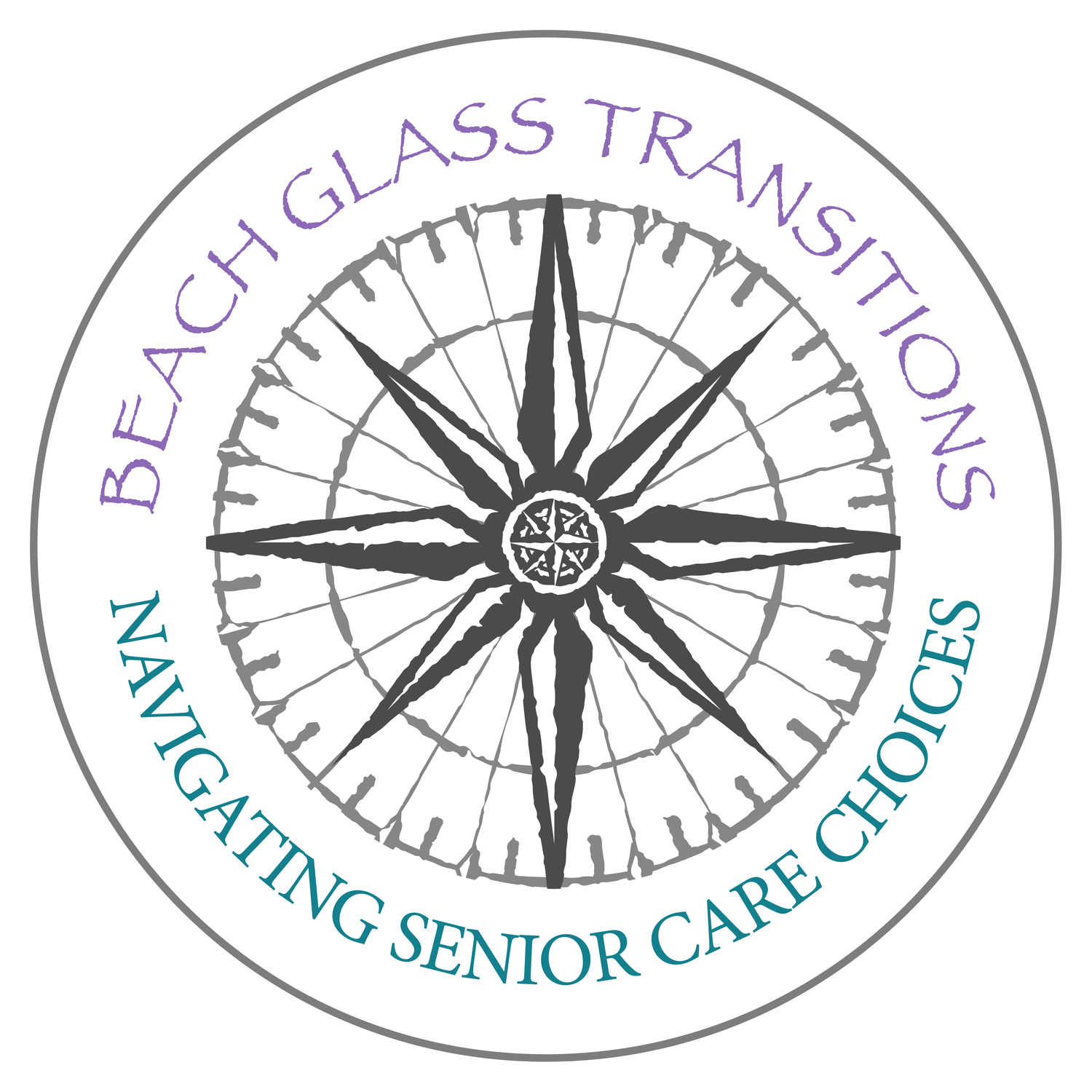Veteran's Aid and Attendance
/If your loved one or their spouse is a Veteran, they may qualify for VA Aid & Attendance or Housebound Benefits. To qualify they must meet specific criteria in three categories: service time, medical condition or age, and financial limitations.
Service Time
You must have been discharged in any fashion other than dishonorable. You must have served at least 90 consecutive days in the military and at least one of those days must have been in active military service during VA-defined periods of war. These periods of war may be found here: http://www.vba.va.gov/bln/21/pension/wartime.htm. There are some exceptions for Reservists and members of the National Guard. Inquire with the VA regarding your eligibility status if this applies to you.
Medical Condition or Age
You must be age 65 or older and require assistance with Activities of Daily Living, or you must be permanently disabled, a patient in a nursing home, or be receiving Social Security Disability. It is a common misconception that a Veteran’s disability must be related to the service to receive this benefit.
Financial Limitations
Your assets and your income must be under certain limits. This may vary depending on your marital status and your medical expenses. You may find out more information here: http://www.vba.va.gov/bln/21/pension/vetpen.htm
The Basics of the Benefit: Long Term Care Coverage
Aid & Attendance benefits, which pay for Home Care, Assisted Living and Nursing Care, need to be determined to be medically necessary on the basis of an individual’s inability to perform Activities of Daily Living; this determination will be made by a doctor. The application process is lengthy, and should be started as soon as this medical determination is made.
In some cases it can take twelve months or more for the application to be fully processed. If the beneficiary meets qualifications, the benefit will be paid retroactively from the time the application was submitted; however, if the applicant passes away before the application is processed, the application will be cancelled and the benefit will not be paid retroactively to the heirs.
The Aid & Attendance benefit amount will only pay for care costs that surpass the monthly income of the beneficiary.
For instance, if the veteran has an income of $2000 per month from his VA pension and Social Security, but his home care costs are $3500 per month, the benefit will not exceed $1500 monthly. The maximum benefit is currently just over $21,000 per year for a single individual with no dependents. This money is paid directly to the beneficiary, who then pays the provider. In order to qualify, the beneficiary must have less than $80,000 in assets, not including their home, car, or annuities.
There is no “look-back” period in applying to the VA for benefits. This means that the VA will not inquire further into your accounts than the current statement.
Assistance in completing the application is available from Veteran’s Service Organizations; however, if you have a complicated portfolio of assets, it is advisable that you consult with a financial advisor and/or Elder Law Attorney prior to submitting your application or making any changes to your loved one’s assets that may threaten your loved one’s Medicaid eligibility should Medicaid become necessary in the future.
In some cases, receiving VA Aid & Attendance benefit has had the negative consequence of precluding eligibility for later Medicaid applications, especially in cases where a lump sum is paid out retroactively when the application is finalized. This is one of the many reasons that it can be helpful to complete financial planning with an Elder Law Attorney before the application is submitted, especially one who is accredited by the Veteran’s Administration.

